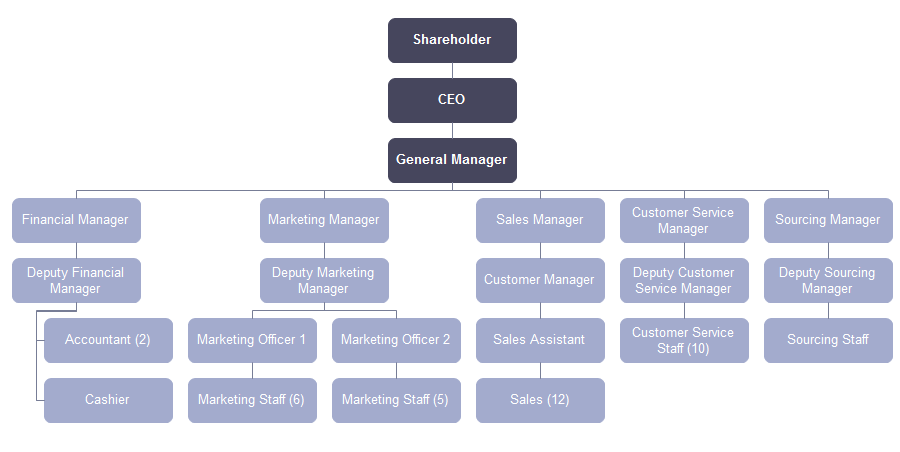What is a Vertical Organizational Structure
The vertical organizational structure is a strict hierarchical structure with power emanating from the top to the bottom. With a chain of command well defined, decisions usually move from the top down through layer by layer, and people at the bottom have the least autonomy. In the structure, each person is supervised by the one directly above him. Employees can clearly monitor their roles and duties.

Advantages
Vertically structured organizations have clear lines of authority, with quicker decision making and better designation of tasks to employees. Staffs in a vertical structure have well-defined roles and responsibilities, which reduces duty ambiguity and encourages high production efficiency. For employees who are seeking for a job promotion, there is a clear path to career planning. Employees are motivated to work hard to achieve a higher level.
Disadvantages
The vertical organizational structure also has lots of disadvantages. Due to the lack of autonomy, employees from the bottom may have lots of limitations to share their constructive ideas or creative proposals. Vertical structure is likely to be rigid, which might hamper the company from accepting innovative concepts and trap a company in outdated techniques. What’s more, because of multiple layers of powers, it will take more time to respond to a problem or implementing decisions.
